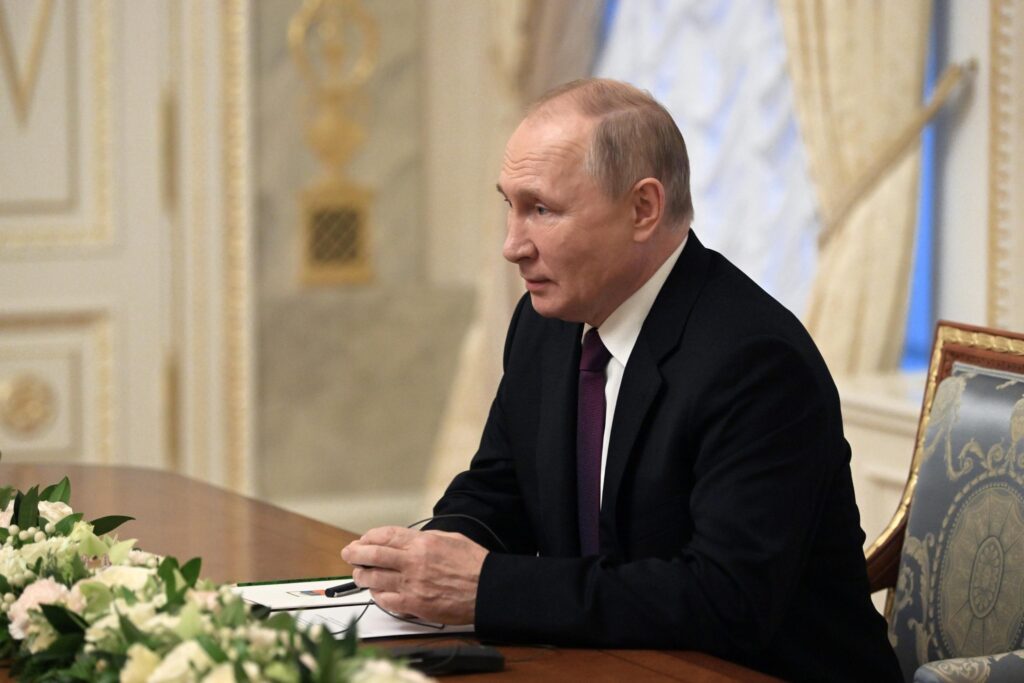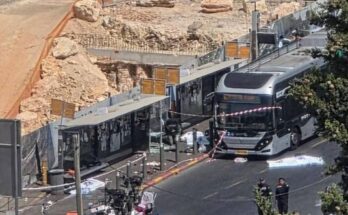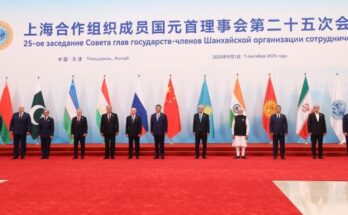
Team News Riveting
Moscow, October 19
President Vladimir Putin has introduced martial law in four Ukrainian regions that Moscow claims to have annexed in its eight-month offensive.
According to the presidential decree, martial law is introduced in the Donetsk and Lugansk people’s republics, and the Zaporozhye and Kherson regions from October 20. The maximum response level is in effect in the region.
According to news agency TASS report, Russia’s regions bordering Ukraine will observe a medium level of response, other regions of the Central and Southern federal districts – a level of higher readiness, and the other regions of Russia – the basic one.
In the territories bordering Ukraine, a medium level of response is being introduced. It implies that the leaders of the regions shall “exercise the powers to carry out mobilization measures in the economic sphere, in the executive authorities of these constituent entities of Russia and local governments, individual measures for territorial defense, civil defense measures, protection of the population and territories from natural and technogenic emergencies.” Also, the governors will be able to implement measures to meet the needs of Russia’s Armed Forces and other troops and bodies.
In other regions of the Central and Southern federal districts, a high level of readiness is being introduced. In all other territories of Russia, a level of basic readiness will be in effect.
The leaders of these regions will be able to make decisions regarding measures for territorial and civil defense, as well as for protecting the population and territories from natural and technogenic emergencies. Also, the heads of regions will be empowered to meet the needs of Russia’s armed forces and bodies of power.
The governors of the regions in the Central Federal District and the Southern Federal District will also be able to introduce a special mode of operation for the facilities that ensure the functioning of transport, supply links and communications, as well as power facilities and those posing potentially high risks to people’s life and health and to the environment. Local officials will be able to restrict the movement of vehicles.



